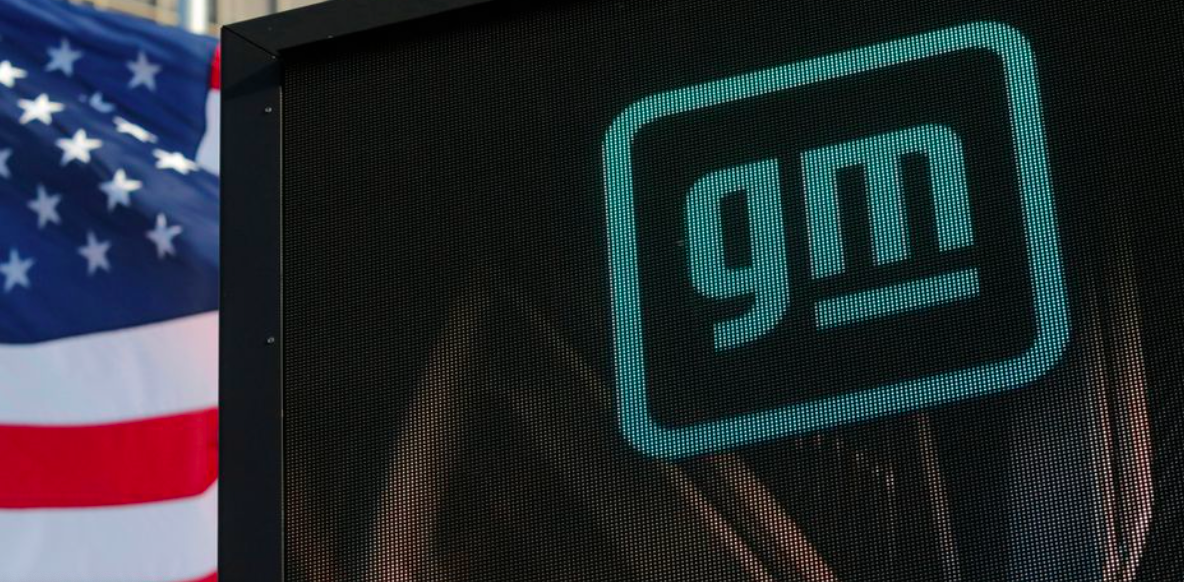DETROIT, Nov 30 (Reuters) – Cruise, General Motors Co’s (GM.N) robotaxi unit, plans to enter a “large number of markets” and scale operations up to “thousands of vehicles” in 2023, Chief Operating Officer Gil West told Reuters.
Cruise has announced plans to start offering rides in Austin and Phoenix, adding those cities to its current base in San Francisco. West said the company plans to expand to more cities in 2023.
“You’ll likely see us expand the number of markets in a large number next year,” he said. Cruise believes it can accelerate application of its technology to other cities using a “repeatable playbook” developed in San Francisco, Austin and Phoenix. That should start to deliver revenue numbers with more zeros in them, he said.
The planned launch of the Origin, designed as a purpose-built automated vehicle, “is a huge unlock” for Cruise because of its lower cost, West said.
Cruise is currently testing human-operated Origins in San Francisco. Volume production is expected to start in 2023. Up to now, Cruise has operated its limited service in San Francisco with a small fleet of Chevrolet Bolt EVs.
Cruise is also working to expand delivery services – a prototype of an Origin outfitted with lockers for goods is on the company’s website. Walmart is an investor, and is currently testing Cruise delivery at eight stores in Phoenix. Delivery has “the potential to be a big part of the business,” West said.
Wall Street will be watching Cruise closely in 2023.
The decision by Ford (F.N) and Volkswagen to pull the plug on their jointly-controlled automated vehicle operation, Argo AI, threw the entire automated vehicle sector into a tailspin. Investors have hammered the shares of public AV tech companies and driven a wave of consolidation deals.
Ford and VW said they saw no near-term profit in robotaxis. GM CEO Mary Barra is taking the opposite bet. She told analysts earlier this month to expect GM to keep spending $500 million a quarter, $2 billion a year on Cruise’s expansion.
GM has said the operation can generate revenue of $50 billion a year by 2030. The shakeout in the AV sector has cleared the field for Cruise to grow. But Cruise faces competition from rival Waymo, which is already operating in Phoenix. Waymo is driving to expand its robotaxi and delivery businesses into Cruise’s backyard in San Francisco and other markets Cruise could have in its sights.
Cruise must also compete with ride-hailing platforms Uber (UBER.N) and Lyft (LYFT.O). They have to contend with the costs of human drivers. Both companies have made efforts to automate ride services. Uber and Lyft already have millions of customers signed up. They also have experience dealing with local regulators who do not always welcome more competition for public transit or licensed cabs.










